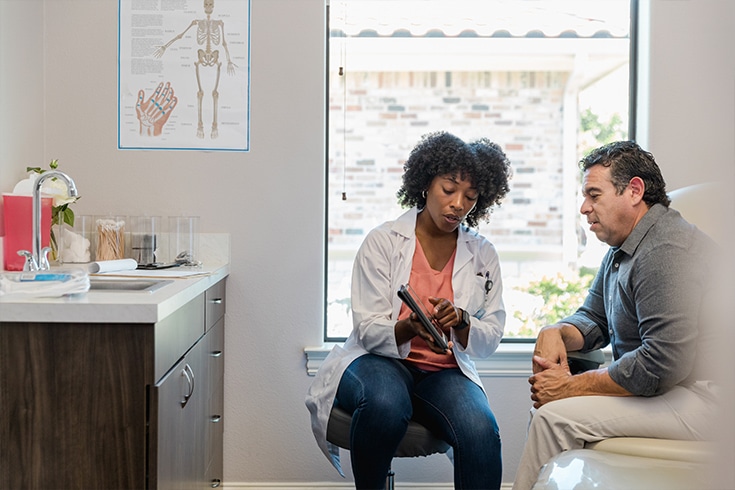What Providers and Practices Need to Know
The Public Health Emergency (PHE) was implemented in 2020 when the pandemic first began, offering numerous flexibilities to help hospitals, providers and patients cope during the COVID-19 pandemic. Now with the PHE scheduled to end on May 11, 2023, many healthcare providers are wondering about its affect on telehealth and remote patient monitoring (RPM) services moving forward.
In summary, the majority of the Medicare telehealth flexibilities will remain in place through December 2024 due to the bipartisan Consolidated Appropriations Act, passed by Congress in December 2022. However, certain flexibilities will be affected, such as telehealth payment parity for Medicare, remote patient monitoring waivers, and lenience on HIPAA enforcement.
Below is an overview of the telehealth flexibilities that will and will not be affected due to the end of the PHE. You can review the full comprehensive report here.
Medicare Telehealth Flexibilities That Will NOT Be Affected
- Healthcare providers can continue billing Medicare for telehealth services, regardless of where the provider or patient is located, even if it’s at home.
- RPM will continue with the same billing codes and reimbursement rules requiring sixteen (16) successful days of physiological data transmission out of every thirty calendar days.
- Medicare will also provide payment to federally qualified health centers (FQHCs) and rural health clinics (RHCs) that serve as distant sites for telehealth services.
- Hospice care providers can utilize telehealth to recertify their eligibility.
- More healthcare professionals, including physical and occupational therapists, speech-language pathologists, and audiologists, are now allowed to bill Medicare for telehealth services.
- Members of high-deductible health plans (HDHP) and health savings accounts (HSAs) can access “first dollar coverage” when using telehealth visits without needing to meet the deductible first.
- The Centers for Medicare & Medicaid Services’ (CMS) acute hospital care at home program remains in place.
Medicare Telehealth Flexibilities That Will Be Affected
RPM Services Will Be Limited to “Established Patients”
After May 11, RPM services will be limited to “established patients.” CMS suggests the provider conduct a new patient evaluation and management service before rendering RPM to a patient. Therefore, if a provider has not seen a patient in the past year, it would be necessary to have an initiating visit to understand the patient’s medical status before ordering RPM services. This change will not require any operational change for the majority of health systems and practices, who have since returned to their standard clinical patient intake operations prior to the pandemic.
End of Telehealth and RPM Copayment Waivers
Medicare beneficiaries of telehealth or RPM services will no longer be able to have their deductibles and copayments waived.
Medicare Payment Parity
Reimbursement for telehealth services provided in patients’ homes outside traditional healthcare settings will return to pre-PHE levels, reducing telehealth reimbursements. Medicare payment parity will no longer apply once the PHE ends. RPM will continue to be reimbursed at the same rates and billing codes.
HIPAA Enforcement
During the pandemic, the HHS Office for Civil Rights (OCR) allowed flexibility in penalizing HIPAA violations concerning telehealth usage. Providers could use non-HIPAA-compliant communication technologies in good faith without fear of penalty. However, this leniency will end once the PHE concludes. Healthcare providers will be given a 90-day transition period from May 12 until 11:59 p.m. on Aug. 9, 2023, to transition to HIPAA-compliant communication technologies per OCR standards.
Telehealth and RPM reimbursement guidelines can vary greatly, depending on the state, location, and payer. The guidance provided is for reference purposes only. Practitioners should ask properly trained and certified billing personnel to review draft charges prior to submission to confirm compliance with billing requirements for their specific scenarios.
Access the Latest RPM News
Stay up to date with the latest news, articles and webinars about remote patient monitoring and telehealth.
"*" indicates required fields


